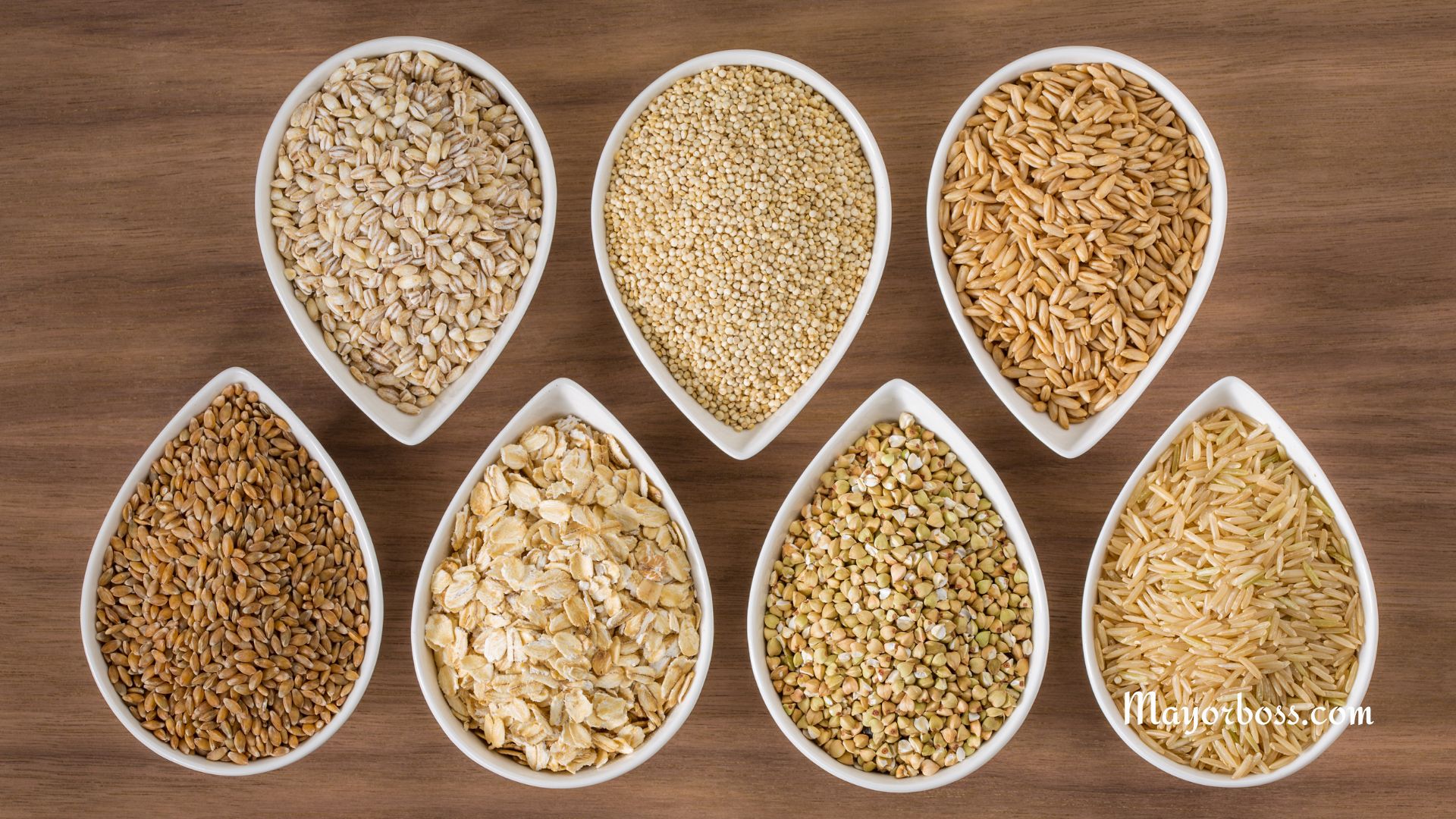Whole Grains: What to Know
Summary: Whole grains are grains that contain all parts of the original kernel: the bran, germ, and endosperm. They are packed with essential nutrients like fiber, protein, vitamins, and minerals. Consuming whole grains can benefit your health in a multitude of ways, including reducing the risk of chronic diseases like heart disease, diabetes, and obesity.
What Are Whole Grains?
Imagine a grain as a tiny package wrapped in multiple layers. Inside, you’ll find three main components: the bran, germ, and endosperm. Whole grains keep all these parts intact, offering you a nutrient-rich food choice. Examples of whole grains include brown rice, quinoa, whole wheat, barley, and oats.

Why Should You Choose Whole Grains Over Refined Grains?
Nutrient Density
Whole grains are loaded with essential nutrients like fiber, vitamins B and E, and minerals such as magnesium and iron. On the other hand, refined grains like white rice and white bread lose many of these nutrients during processing.
Better Digestion
The fiber content in whole grains aids in digestion. Fiber works like a broom, sweeping through your digestive system and helping to eliminate waste.
Disease Prevention
Do whole grains protect against chronic diseases? According to numerous studies, the regular consumption of whole grains is linked to a lower risk of chronic diseases like heart disease, type 2 diabetes, and other conditions.
Weight Management
In people who are looking to lose or manage weight, whole grains can be a smart addition to their diet. The fiber keeps you full for longer, helping to control your appetite and reduce unnecessary snacking, according to nutritional researchers.
How Can You Incorporate Whole Grains Into Your Diet?
Breakfast Options
Start your day with a bowl of whole-grain cereal or oatmeal. Top it off with fruits and nuts for added nutrients and flavor.
Lunch and Dinner Ideas
Swap white rice for brown rice or quinoa in your meals. Similarly, opt for whole-grain pasta instead of regular pasta.
Snack Time
Whole grain crackers or whole grain popcorn can be delicious and healthy snack options.
Baking
When you’re in the mood for some home baking, try replacing white flour with whole-grain flour in your recipes.
Common Questions About Whole Grains
Are Whole Grains Gluten-Free?
Not all whole grains contain gluten. For example, rice, corn, and quinoa are naturally gluten-free options. So, if you’re on a gluten-free diet, you still have a variety of whole grains to choose from.
Do Whole Grains Have a Shelf Life?
Yes, whole grains do have a shelf life. Because they contain natural oils, they can go rancid if not stored properly. It’s best to store them in a cool, dry place and consume them within a few months.
Are Instant Oats Considered Whole Grains?
Instant oats are still considered whole grains, but they often have added sugar and less fiber. So, it’s a good idea to check the label for any additional ingredients.
With this guide, you now have a clearer picture of what whole grains are, why they’re beneficial, and how you can add them to your daily diet. So go ahead, make the switch to whole grains, and reap the numerous health advantages they offer.
